360 Wellness Education
Your expert in providing modality training, strong business foundations, proper body mechanics, and self-care strategies for wellness providers.
Have you ever asked yourself, "What skills should I learn to become a more successful esthetician?"
The skincare and wellness industry continues to evolve rapidly, with clients seeking advanced treatments that combine results-driven methods with holistic care. For estheticians, learning a broad range of specialized skills not only enhances their service offerings but also deepens client trust and loyalty.
Below are some of the most valuable skills every esthetician should consider learning to stay competitive and effective in their practice:

What It Is:
LED (Light Emitting Diode) phototherapy uses varying wavelengths of light to penetrate the skin at different depths. Common types include red light (for anti-aging and healing), blue light (for acne), and near-infrared (for inflammation and pain).
Why It Matters:
LED therapy is non-invasive, painless, and suitable for almost all skin types. When used consistently, it helps improve skin tone, reduce acne, and stimulate collagen production—making it a versatile add-on to nearly any facial treatment.
Skill Benefits:
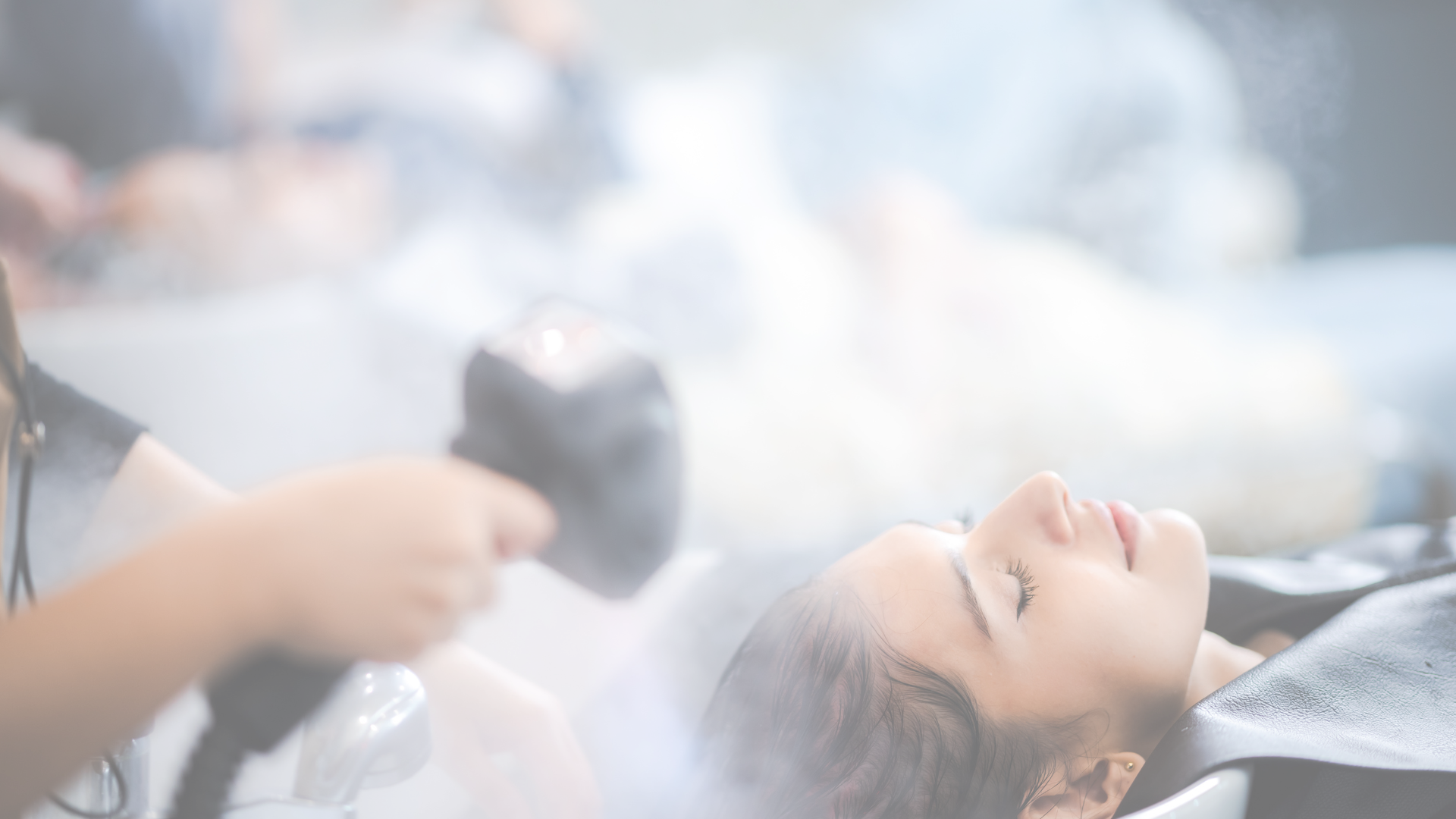
What It Is:
Originating in Japan and now trending globally, head spa treatments focus on the scalp using cleansing, massage, steam, and aromatherapy techniques.
Why It Matters:
Healthy scalp equals healthy hair, but clients also love head spas for their relaxation benefits. These treatments also help relieve tension, promote blood circulation, and reduce scalp issues like dandruff and oil buildup.
Skill Benefits:
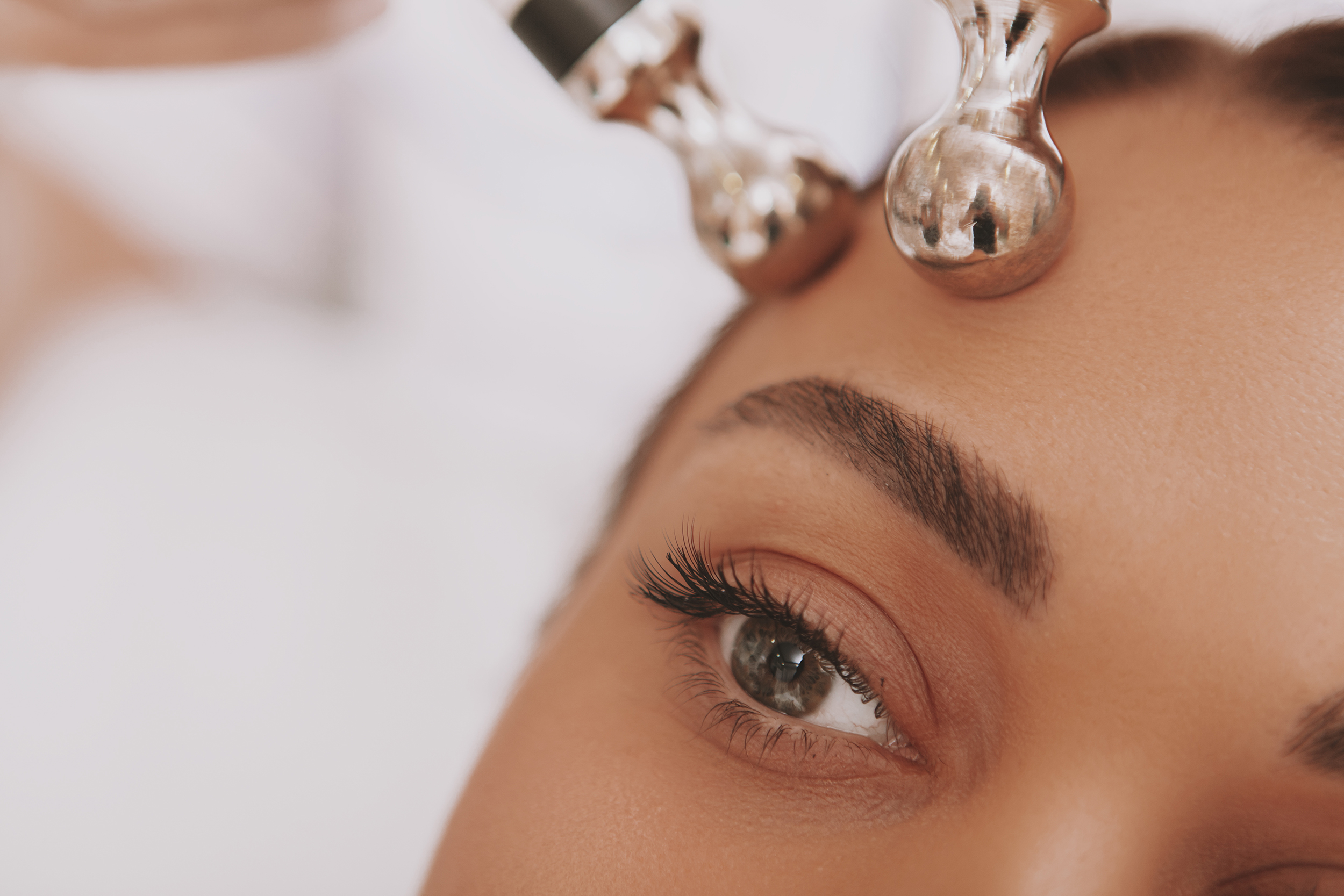
What It Is:
Microcurrent facial therapy uses low-level electrical currents to stimulate facial muscles, improve circulation, and enhance cellular function.
Why It Matters:
Often dubbed the "non-surgical facelift," microcurrent treatments lift, tone, and rejuvenate the skin. Clients often notice immediate results, which makes this a popular service.
Skill Benefits:
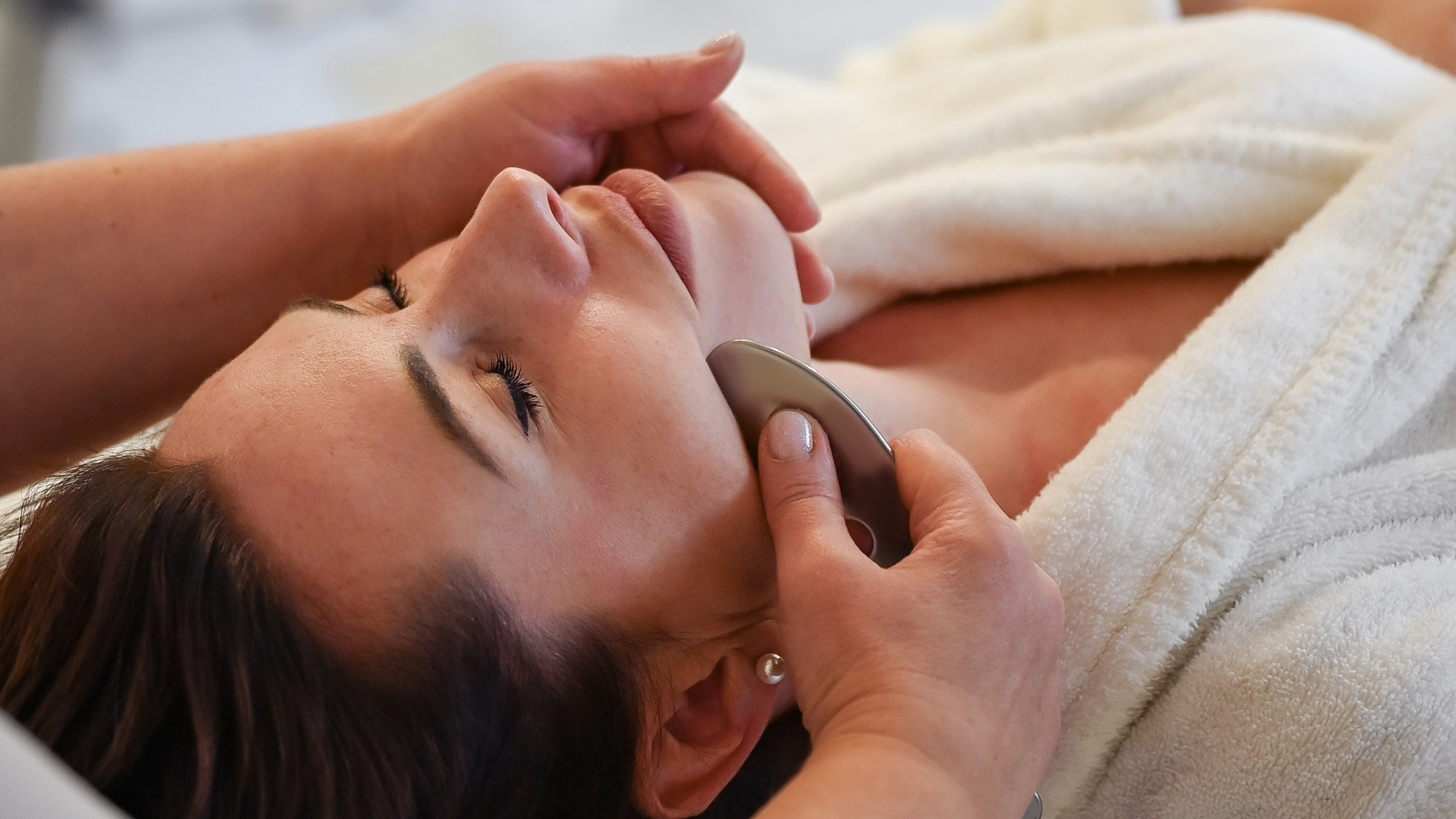
What It Is:
A traditional Chinese technique that involves scraping the skin with a smooth-edged tool (usually jade or rose quartz) to stimulate circulation and lymphatic drainage.
Why It Matters:
Facial Gua Sha helps reduce puffiness, tension, and dullness, and is especially loved by clients who prefer natural methods over machines or injections.
Skill Benefits:

What It Is:
Using soft silicone or glass cups, this technique gently lifts the facial tissues to stimulate blood flow, improve product absorption, and tone the skin.
Why It Matters:
Facial cupping enhances circulation, softens lines, and gives skin a visible glow. It also helps relieve sinus pressure and tension headaches.
Skill Benefits:
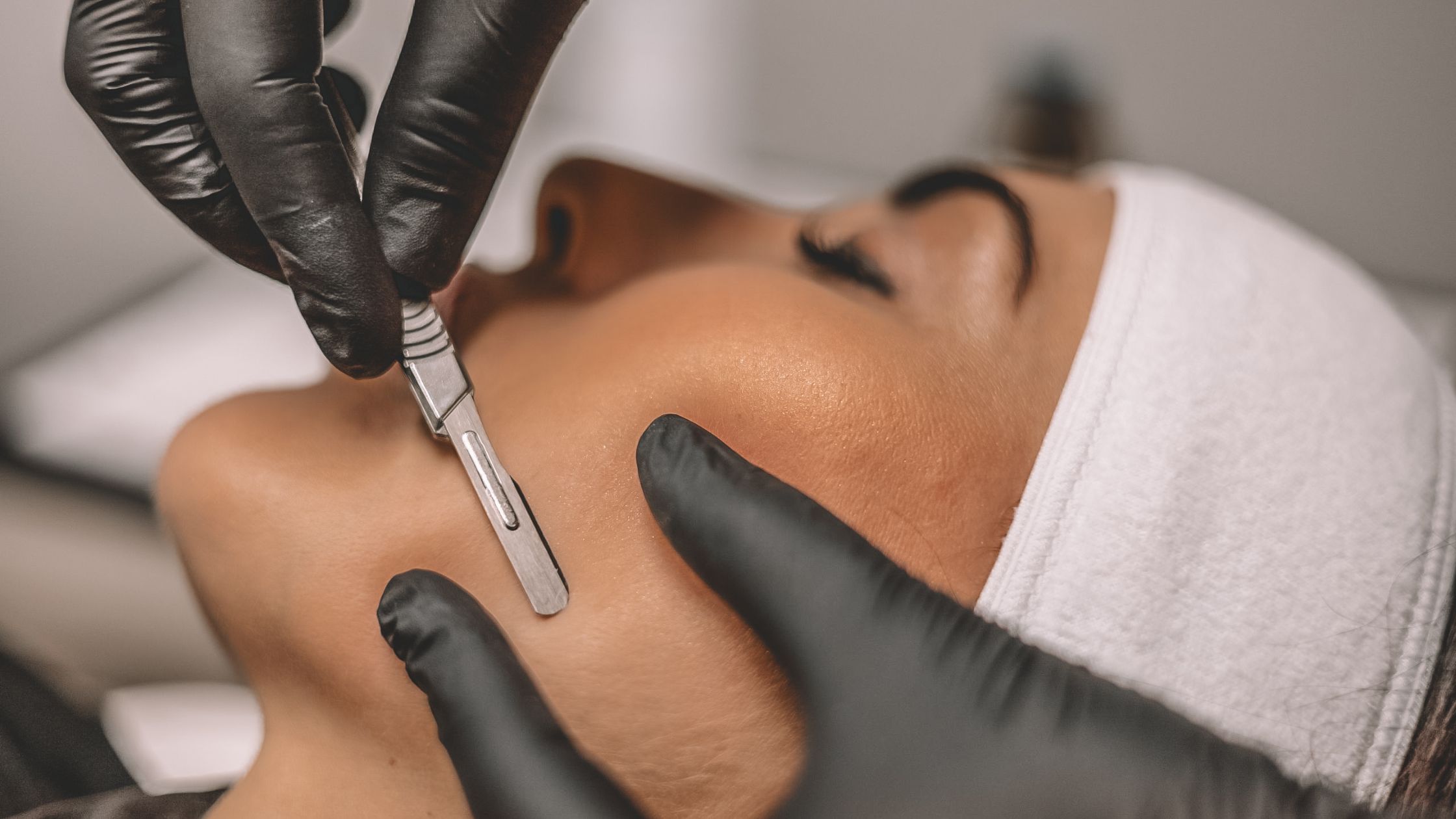
What It Is:
Dermaplaning involves using a sterile surgical scalpel to gently exfoliate the skin’s surface and remove vellus hair ("peach fuzz").
Why It Matters:
This technique leaves skin ultra-smooth and enhances the effectiveness of skincare products and makeup application. It's especially popular before big events.
Skill Benefits:
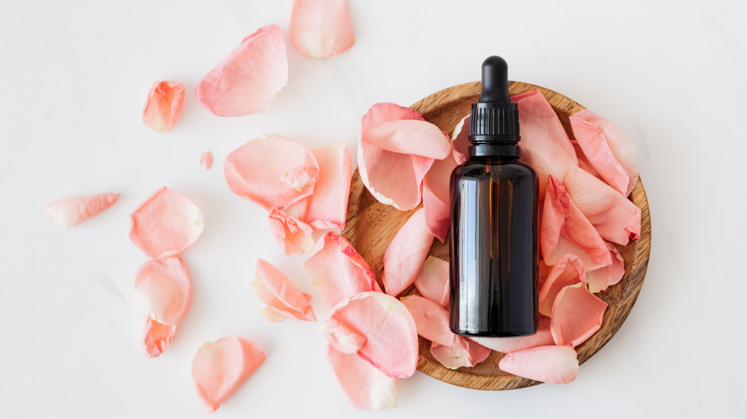
What It Is:
Aromatherapy uses essential oils derived from plants to promote physical and emotional well-being. Oils can be used in massage, diffused in the room, or applied through skincare.
Why It Matters:
Scent is deeply connected to mood and memory. Incorporating aromatherapy elevates the sensory experience and supports stress reduction and relaxation.
Skill Benefits:
The most successful estheticians are not only skilled in skincare basics but are also lifelong learners, constantly evolving with new techniques and trends. Mastering the modalities above can enhance your treatment outcomes, expand your menu, and position you as a knowledgeable, well-rounded skincare professional.
Whether you’re just starting out or looking to diversify your offerings, investing time in these skills can significantly impact your business and client satisfaction.